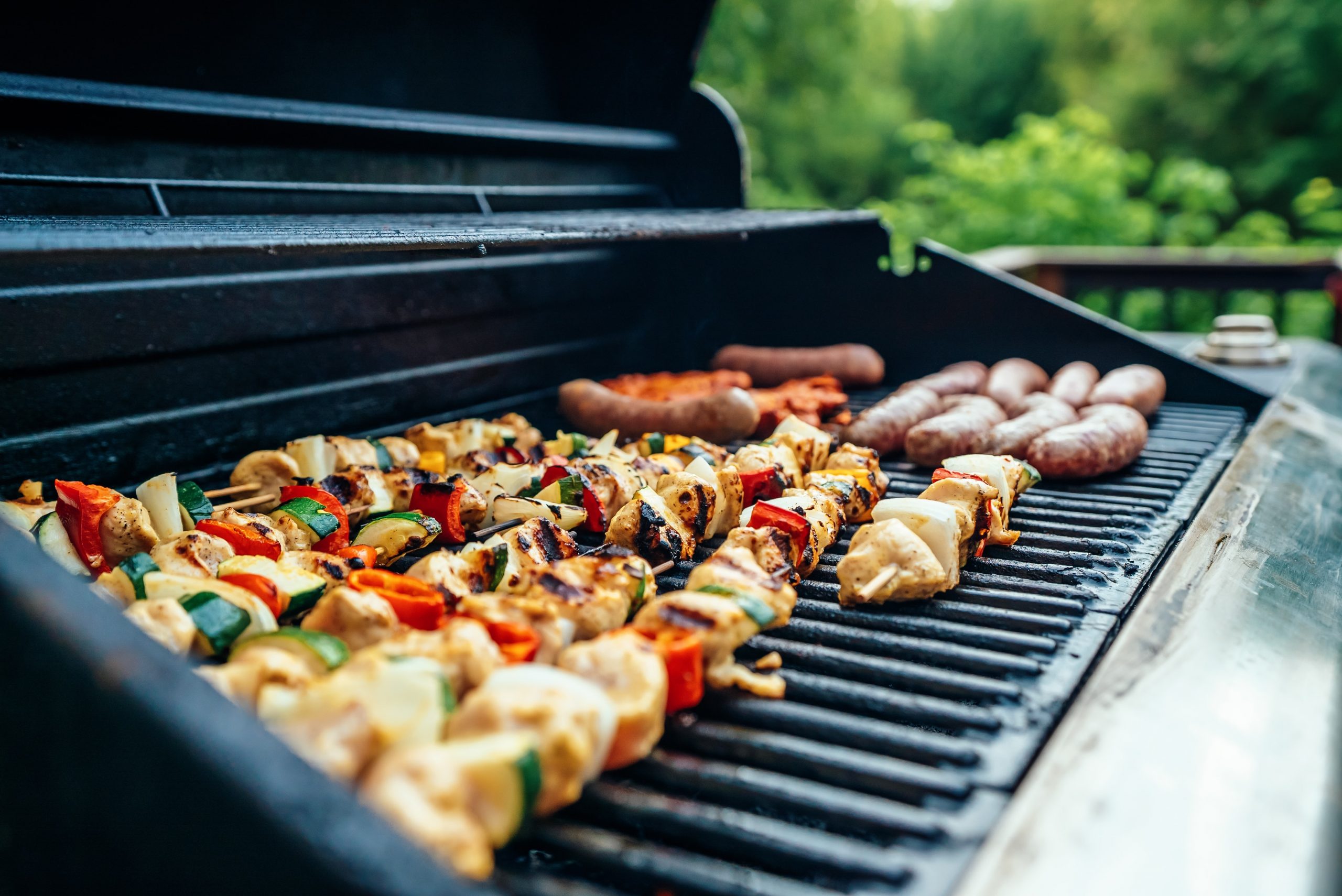Though the weather may be cold and wet, it doesn’t mean that your garden should remain idle and your kitchen empty of home grown goods over winter. There are numerous vegetables that grow extremely well throughout the colder months and will produce earlier crops.
These vegetables can be grown now in late autumn and will grow throughout the winter. They’re hardy, they cope well with lower temperatures and if can be sown and used in all sorts of tasty meals in the early part of the New Year.
Onions
If you plant onions in autumn then they will look after themselves throughout the winter. These onions may not be ready in early spring but will be perfect for next summer. The main thing to worry about with these items is that they will be in the ground when you plant other vegetables early in the year. The ‘First Early’ is a great onion to plant as is the ‘Electric’. Shallots are also great for autumn planting and can really taste great in your kitchen made meals later on in the New Year.
Broad Beans
The autumn is a great time to plant broadbeans and they will be ready come the early spring if sown now. The Aquadulce Claudia’ is a good broad bean to sow now and is quick to establish. These beans taste beautiful come the spring time and a little bit of butter works wonders with the plant tips.
Adelaide Carrots
If you are looking for some early carrots then you would do well to consider the Adelaide carrot. This can be planted inside your Polytunnel or your green house in November and will arrive in the earlier part of the next year. They’re tasty and work well with a variety of dishes.
Setting up a domestic Polytunnel can really open up your options in this regard and allow you the opportunity to grow a wider variety of items.
Pak Choi
Pak Choi has its origins in Asia and can be used for salad leaves throughout the winter or also used in stir fries. It’s filled with vitamins and minerals and also calcium and folic acid. Ideally, the Pak Choi should be sown in late summer and then placed in your poly tunnel or green house in the autumn time.
Scallions
Fantastic with winter salads and quick to grow, if you harvest these in the middle of autumn you will find that you will have a harvest by the early spring. The ‘White Lisbon is a very popular and reliable winter robust selection of spring onion.
Planting Peas
Peas make a good late spring crop. They will germinate even if sowed in late spring, especially if the region has mild weather. When planting peas, they should be planted at least one inch deep and about one inch apart. This provides enough seeds planted to allow for some loss.
 Seeds should be planted to form three lines placed about a foot apart. This will result in thickly planted rows which should be about a foot and a half apart.
Seeds should be planted to form three lines placed about a foot apart. This will result in thickly planted rows which should be about a foot and a half apart.
Both the pea shoots and the peas themselves are edible and very good. To eat the pea shoots, just clip off the tips. Adding them to salads and stir fries provides an explosively delicious flavour. The earliest variety of pea seed is Meteor. This seed can be planted early and does well over the winter. If you want early germination, place the seeds on a wet towel and then when the roots start to develop, plant them in the garden.
Varieties of Winter Lettuce
Some lettuce strains are known as cut-and-come-again. These varieties, including Niche mixed, are sown early in the spring.
Other varieties, such as Meraviglia d’Inverno San Martino can be planted early as well, but it helps to place a perforated polyethene sheet or a fleece blanket over the area.
This variety will continue to grow well into the winter, especially in milder weather. It may be left uncovered once the plants are established. Another good winter variety is T&M’s Winter Gem. This strain of winter lettuce may be sown throughout the winter, right up until January.
Spinach
Spinach is another delicious and popular vegetable. Try picking it before it fully forms and then just wilt the leaves s you do not overcook the leaves.
Spinach is also great in salads. Varieties of spinach which may be sown later in the season and still produce well include Merlo Nero or the Seeds of Italy and Riccio d’Asti. When spinach or other green leafy vegetables are sown later in the season, the plant does not bolt as often as it may during the earlier season.
Spring Cabbage
Even though it is later, there may be some spring cabbage left at some of the local nurseries or garden centres.
These garden plants are planted about a foot apart. Mounding the dirt up against the stems helps these hearty plants weather the winter. If it gets too cold, try covering them with a fleece or cloche.
Thin out the early spring greens providing a chance for the rest of the plants to get stronger. Always be on the lookout for pigeons who love new, tender plants.
Garlic
Garlic is one of the easiest plants to grow. The planting depth varies depending upon the type of soil. If the soil is light, plant the garlic cloves about 2 1/2 inches deep. If the soil is heavier, plant the cloves between one and two inches deep.
Plant the garlic cloves about a foot apart. If you found rust in your garden this past year, rotate the crops and work in some sulphate of potash early in the season, sometime between February and March.




